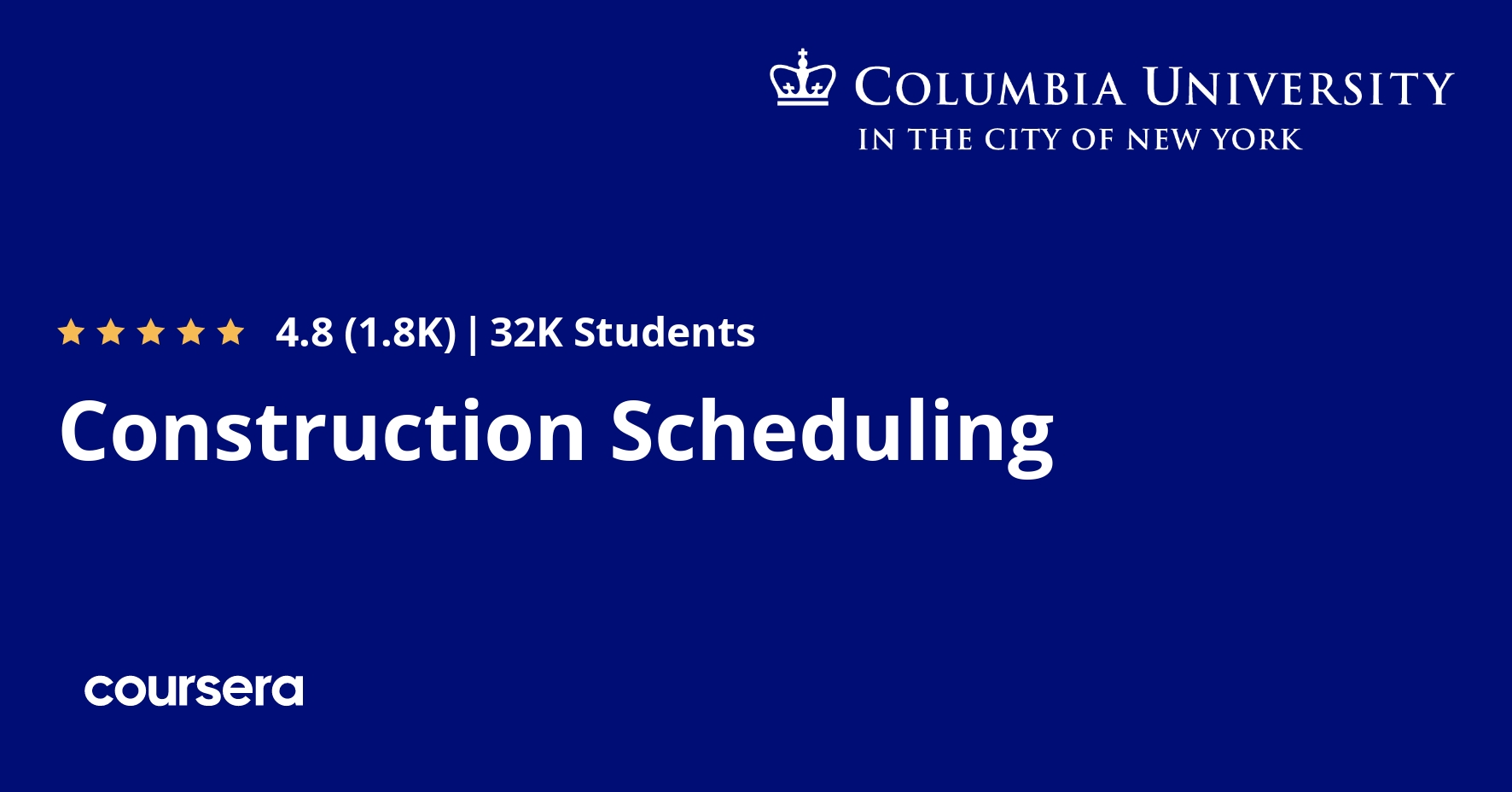Description
This course will cover the topics of a full year, two semester General Chemistry course. We will use a free on-line textbook, Concept Development Studies in Chemistry, available via Rice’s Connexions project.
The fundamental concepts in the course will be introduced via the Concept Development Approach developed at Rice University. In this approach, we will develop the concepts you need to know from experimental observations and scientific reasoning rather than simply telling you the concepts and then asking you to simply memorize or apply them.
So why use this approach?
One reason is that most of us are inductive learners, meaning that we like to make specific observations and then generalize from there. Many of the most significant concepts in Chemistry are counter-intuitive. When we see where those concepts come from, we can more readily accept them, explain them, and apply them.
A second reason is that scientific reasoning in general and Chemistry reasoning in particular are inductive processes. This Concept Development approach illustrates those reasoning processes.
A third reason is that this is simply more interesting! The structure and reactions of matter are fascinating puzzles to be solved by observation and reasoning. It is more fun intellectually when we can solve those puzzles together, rather than simply have the answers to the riddles revealed at the outset.
Recommended Background:
The class can be taken by someone with no prior experience in chemistry. However, some prior familiarity with the basics of chemistry is desirable as we will cover some elements only briefly. For example, a prior high school chemistry class would be helpful.
Suggested Readings:
Readings will be assigned from the on-line textbook “Concept Development Studies in Chemistry”, available via Rice’s Connexions project. In addition, we will suggest readings from any of the standard textbooks in General Chemistry. A particularly good free on-line resource is Dickerson, Gray, and Haight, “Chemical Principles, 3rd Edition”. Links to these two texts will be available in the Introduction module.
What you will learn
Introduction
This lecture will cover the unique approach used in this course to the introduction of the fundamental concepts of Chemistry. The Concept Development Study approach was created, implemented, developed and refined at Rice over the course of more than twenty years. In this pedagogy, each new concept is developed from experimental observations and scientific reasoning. By contrast, most introductory Chemistry courses simply present each concept as an accepted fact, without foundation. This is why most Chemical concepts seem abstract and unapproachable. The CDS approach has been shown to more effective for most beginning students. I hope that this opening lecture will pique your curiosity about how you might learn Chemistry in a way which is more effective and more fun.
Atomic Molecular Theory and Atomic Masses
Chemistry can be understood fundamentally as the study of atoms and molecules. In this module, we will examine the experiments which reveal that all matter is composed of atoms which combine to form molecules. The clever analysis of these experiments illustrates scientific reasoning at its finest, allowing us to understand the existence and properties of particles which could not be directly observed. In addition, by measuring the relative masses of the different types of atoms, we can begin to predict the ratios of masses of reactants and products during a chemical reaction.
Structure of an Atom and the Electron Shell Model
Proving the existence of atoms and knowing that they combine to form molecules does not provide a means to predict how or why these atoms might combine. This requires greater detail about the structure and properties of individual atoms. In this module, we extend our understanding of atoms by making observations which reveal the internal structure of the atom including a model for the arrangement of the electrons around the atomic nucleus.
Electron Energies and Orbitals
The electron shell model does not account for all of the observable properties of atoms, including the energies and motions of electrons. In this module, we observe that these energies are quantized. We also observe behaviors which reveal the surprising fact that electron motion is described by waves or “orbitals” which provide the probability for the movement of the electrons about the nucleus. This module takes us into the strange world of quantum mechanics.
Bonding and Structures in Covalent Molecules
To understand the types of compounds which can be formed and the properties of those compounds, we have to understand how atoms bond together to form molecules. In this module, we develop a model for the bonding of non-metal atoms to non-metal atoms, called a covalent bond. The model can be used to predict which combinations of atoms are stable and which are unstable. Observations of the structures of the molecules lead to a model to understand molecular geometries and properties related to those geometries. From this, we build a foundation for understanding and predicting how molecular structure is related to molecular reactivity and function.






